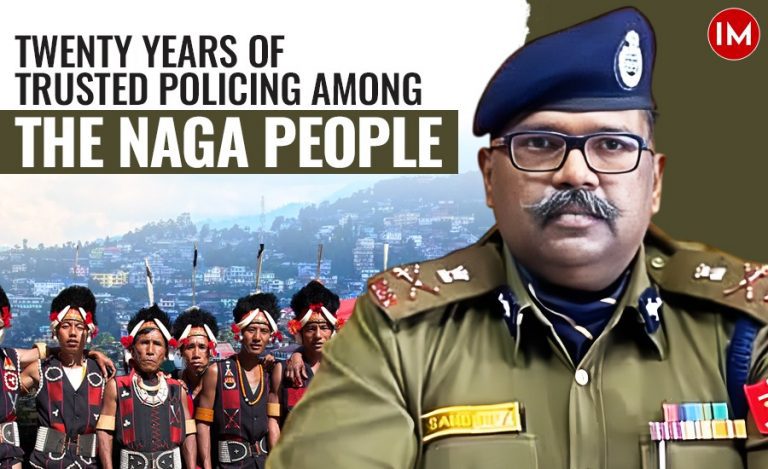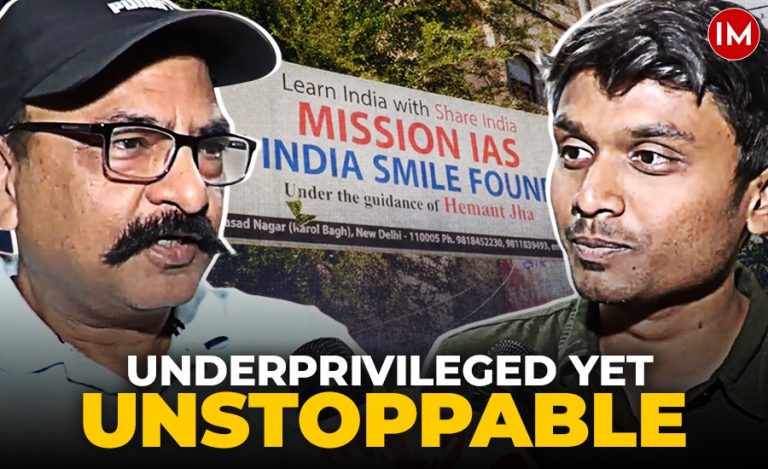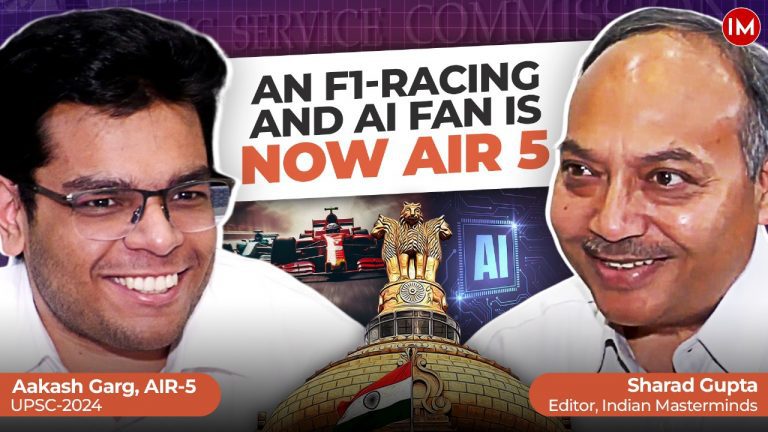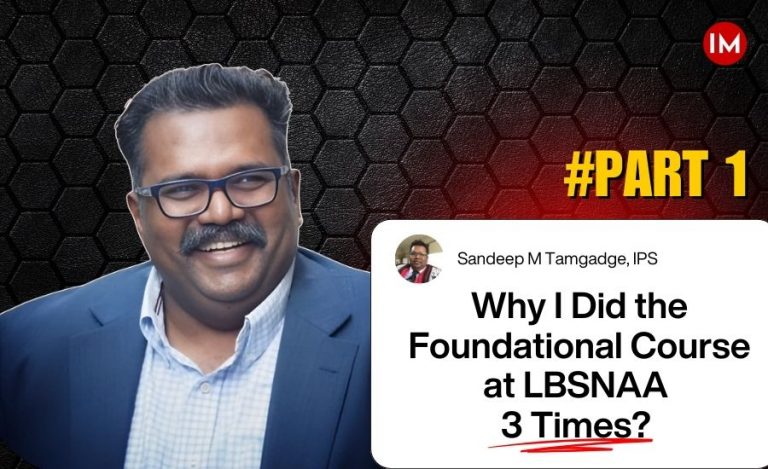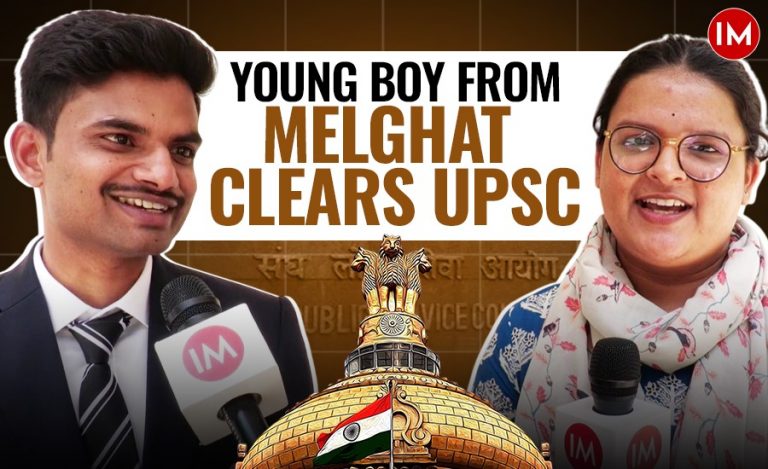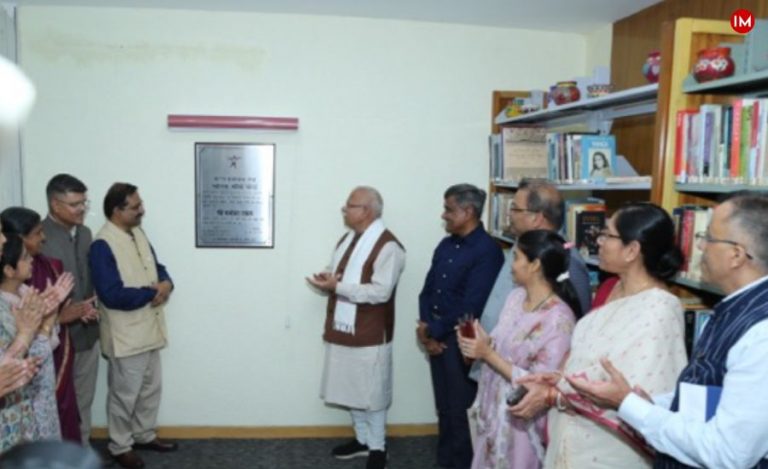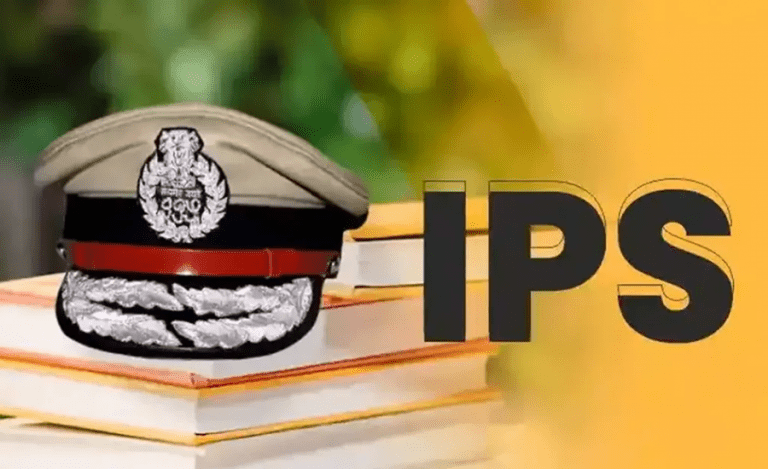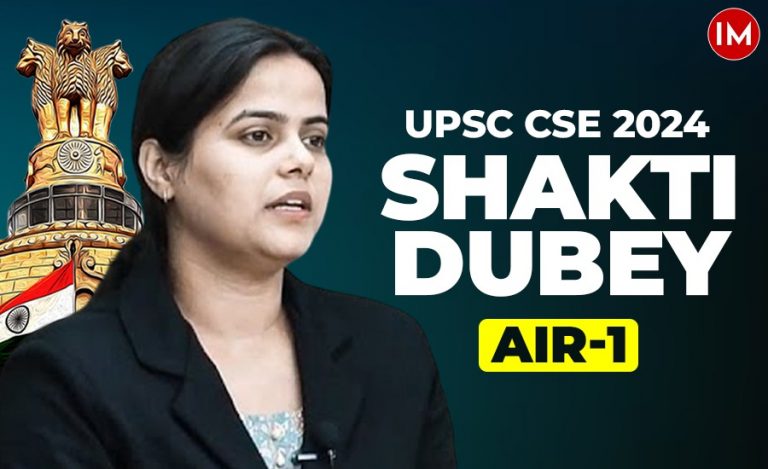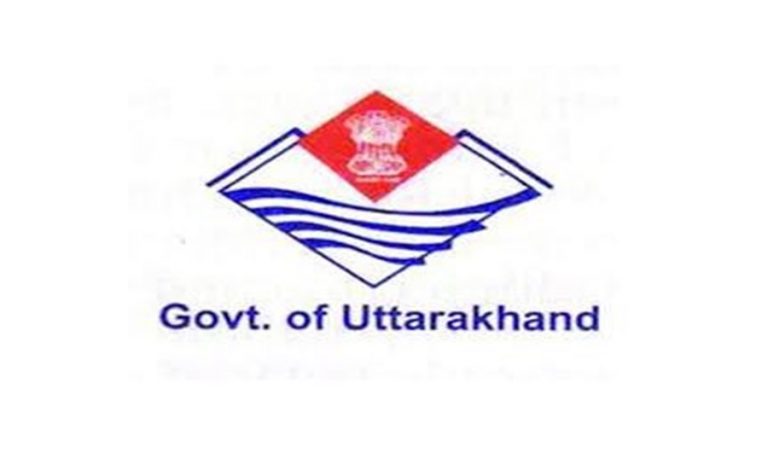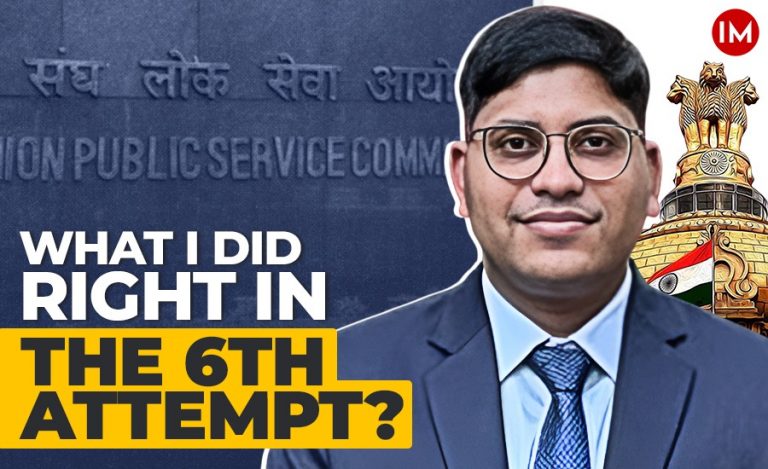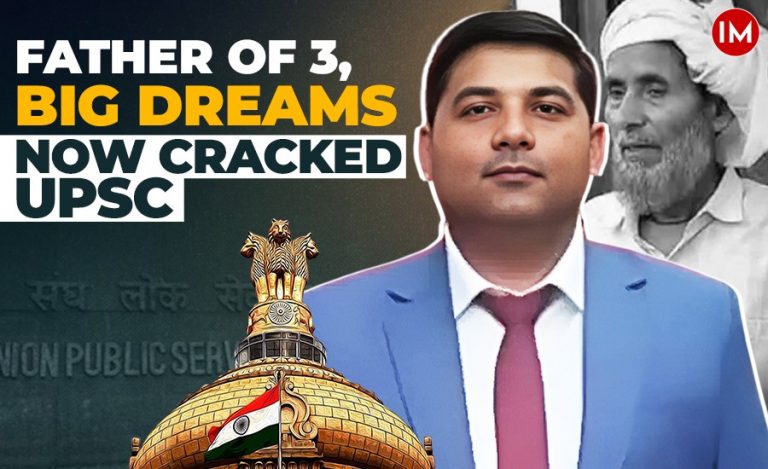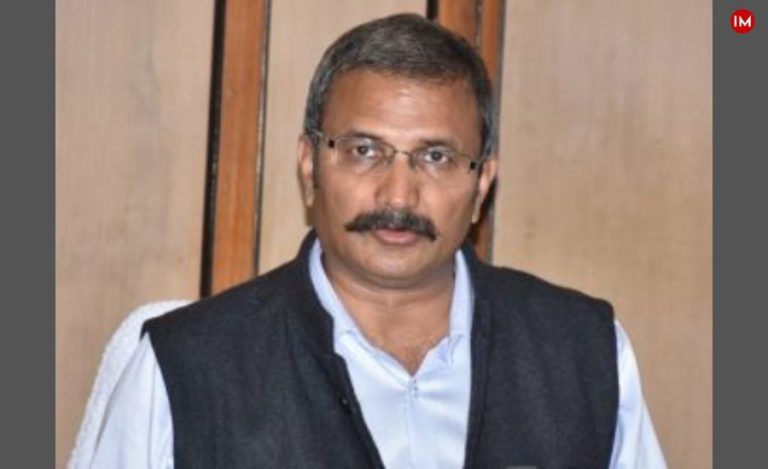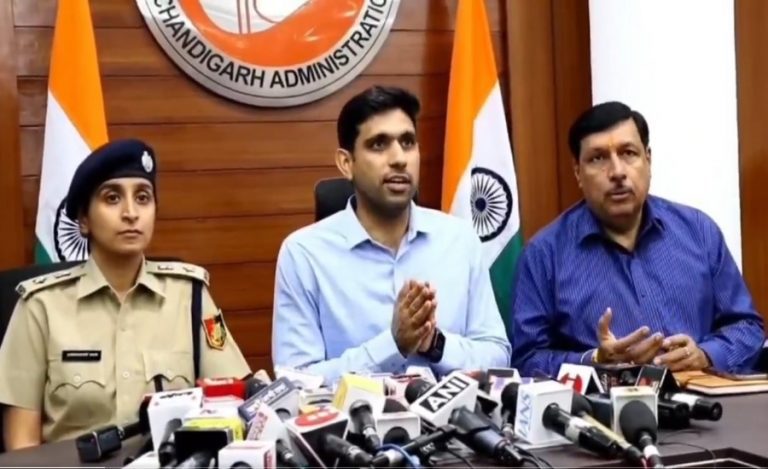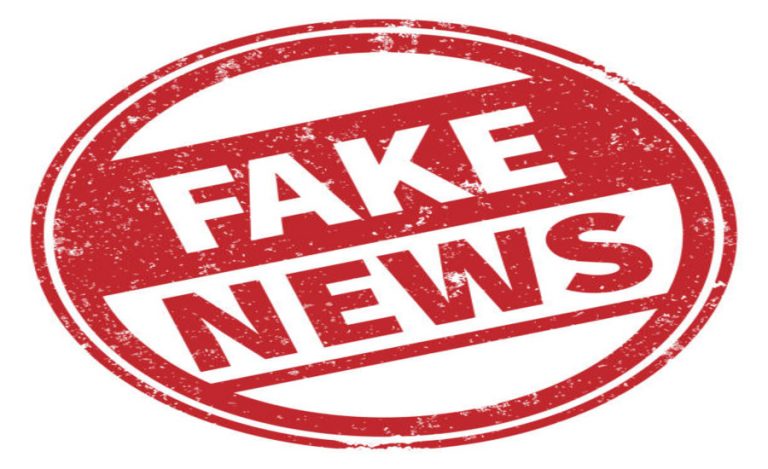It was sometime in 1994-95 when the 1979-batch IAS officer Vijay Shankar Pandey felt stifled and suffocated within the service as most of the people around him was ‘neck-deep in corruption’. IAS officers are supposed to be the most powerful people in the government. Yet Pandey felt helpless. He mustered courage and started a movement to clean up the system. And the laundry service had to start from the top – the IAS officers.
They launched a campaign to ‘identify three most corrupt’ in their own cadre. Identification was to be done by secret ballot by 550 members of the UP IAS Officers Association. The ‘corrupt’ being in majority tried their best to torpedo the move. They even tried emotional card – the movement will not only malign the service, give it a bad name, but also break its unity and harmony, was the argument supplied. This also didn’t cut ice but the only consolation for them was that results of the voting won’t be declared unless a person was voted as ‘most corrupt’ at least 100 fellow officers.
THE BOOK
Mr Vijay Shankar Pandey’s book – Three Most Corrupt (in English) and Three Mahabhrast (in Hindi) – released last month gives a vivid description of the moves and the countermoves. The voting took places and three officers did receive more than 100 votes. Yet, their names were never publicly declared by the association. To top it, even the association’s letter demanding action against the ‘most corrupt’ went missing from the Chief Secretary’s office.
The anti-climax like a Bollywood thriller, came when the politicians in power refused to take action against the three ‘named’ officers. Then chief minister Kalyan Singh asked the association office bearers to produce evidence against those named though, as Pandey claims, the government had myriad complaints pending against the three ‘named’ and a simple investigation or inquiry would have brought out the reality.
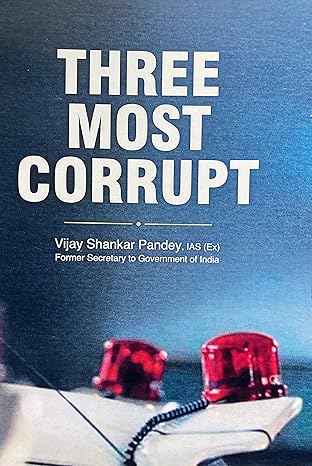
NO ACTION
If this was not all, the complainants had more agony in store when Kalyan Singh’s bete noire, Mulayam Singh Yadav on taking over as Chief Minister appointed two of the three ‘most corrupt’ as Chief Secretary, the top most position in state bureaucracy. “It was as if they were looking for the most corrupt and pliable person for the post and by identifying the three, we made their task easier”, Mr Pandey told Indian Masterminds in a video interview.
Even when the association painstakingly gathered evidence against the three officers on its own, instead of taking action on them, Mr Kalyan Singh referred the matter to a three-member committee, which never submitted its report.
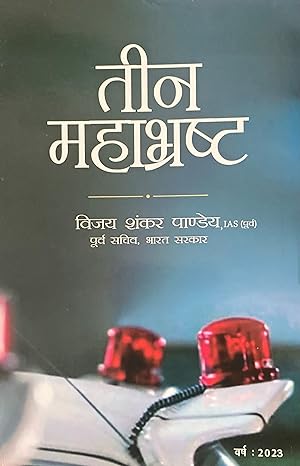
THE TAKEAWAYS
So, does he consider the whole exercise futile? No, comes the vehement reply. At least it changed the atmosphere. Earlier, the corrupt not only used to take money but also gloat about it. After the voting, these thieves continued to be thieves, says Mr Pandey.
So, is there no ray of hope? “Yes, of course there is. For Bureaucracy to become cleaner, first you have to elect honest politicians who instead of protecting the corrupt, take against them,” Mr Pandey concludes. Sounds quite reasonable! Isn’t it?



